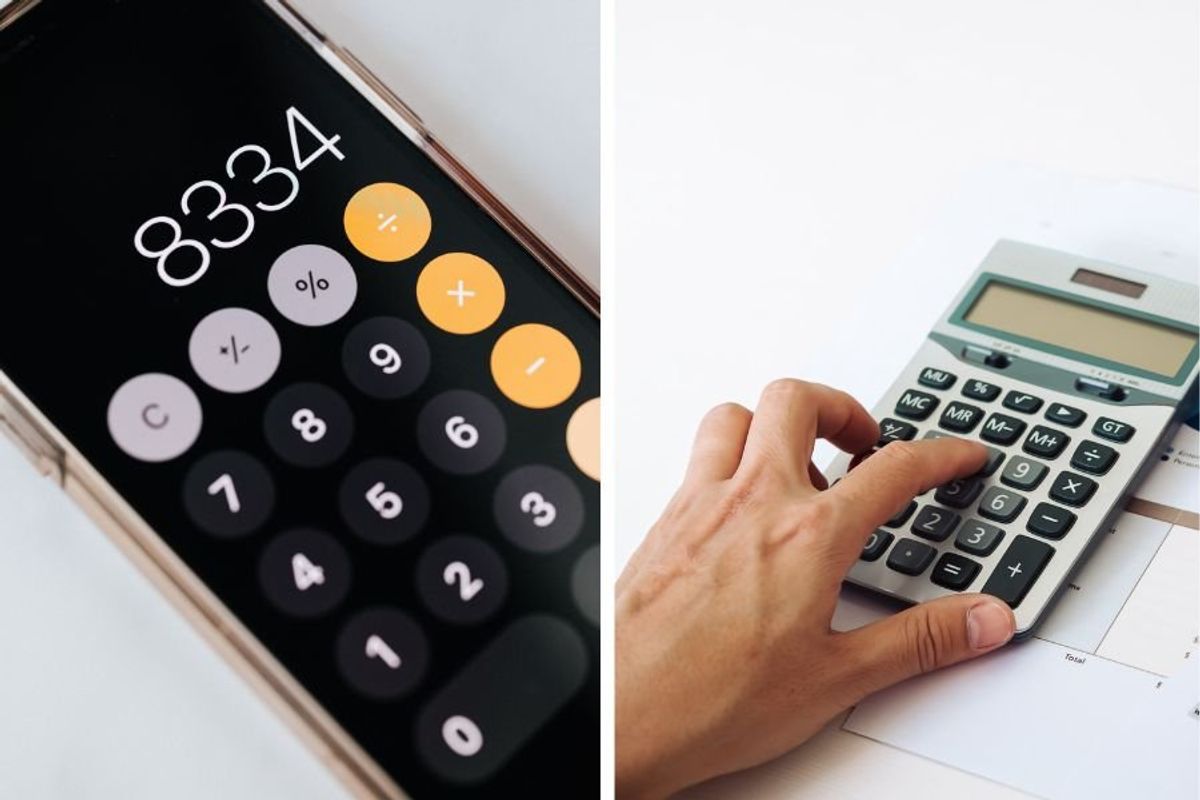
Some people see math and automatically turn off their brains while others can’t wait to figure out the problem presented. Math can be anxiety producing for some people but this random discovery of two calculators coming up with different answers to the same problem have people intrigued.
Spellbinding Odyssey shared a short video on X showing someone using a regular Casio calculator you can pick up at any store and the calculator that comes standard on a cellphone. The person in the video enters a simple equation on the cellphone calculator, 50+50×2. Instantaneously, the cellphone calculator displays the answer as 150. It doesn’t take a mathematician to second guess that answer though many people might immediately second guess their own assumption that the answer given is incorrect.
On the traditional calculator, the same exact simple equation is entered in the same order, 50+50×2. But there’s something weird that happens. The traditional calculator comes up with a completely different answer than the other calculator. This time the answer to the equation is 200, but how?
People in the comments of the post were quick to point out what was happening because math doesn’t make everyone cry. There are quite a few people that enjoy the challenge and were able to explain why the phone was coming up 50 short of the expected. It turns out to be something really simple. Remember in late elementary school when math teachers excitedly taught the order of operations? That’s what’s a play here.
If you’re one of the people that immediately walks away at the sight of math equations so your memory is a little fuzzy on that rule. Many people learned the acronym, “Please Excuse My Dear Aunt Sally,” where the beginning of each letter stands for the order in which you complete a simple mathematic equation. Parenthesis, exponent, multiplication, division, addition and subtraction.
In the case of the two calculators, one is using the order of operations and the other is not, commenters point out.
Can you explain this 🤔 pic.twitter.com/rYX6twPjOL
— Spellbinding Odyssey (@SpellOdyssey) April 2, 2024
“The iPhone Calculator is applying the order of operations (PEMDAS/BODMAS), which means it calculates multiplication and division before addition and subtraction. So, the operation it performs is “50 + (50 × 2)”, resulting in 150. The Casio should too but some models and modes affect how it calculates. To avoid this issue, use parentheses,” someone writes.
“The phone followed order of operations while the calculator made its calculations one at a time,” another person points out.
Other people were a bit peeved that the cellphone calculator would be programmed to automatically assume a person was inputting equations in everyday life.
“A calculator’s job is not to solve equations unless its a graphing calculator. A person trained to use a calculator will unknowingly receive the wrong answer when entering the equation “properly,” a commenter protests.
“No telling how many ledgers, documents, etc are wrong,” someone says.
“The iPhone seems to be less efficient than the old calculator. You have to press the = button after adding 50 + 50. If you don’t, the iPhone will assume like 50 + (50 x 2),” another writes.
You learn something new every day. If you’re doing simple multistep math on your phone be sure you’re pressing the equal sign after each step or you could wind up severely miscalculating unwittingly.
